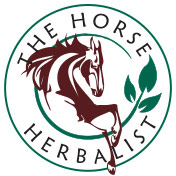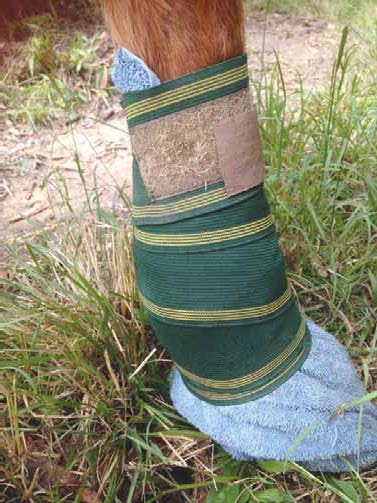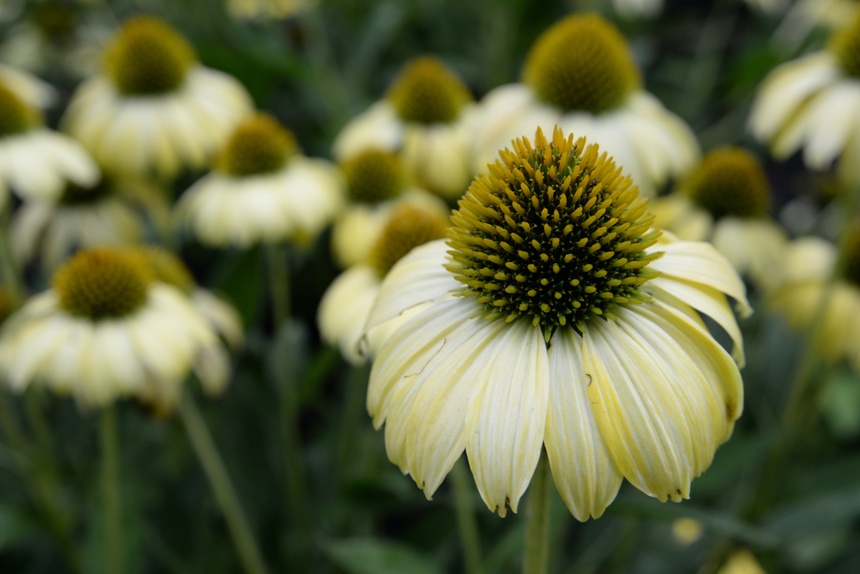Managing the health of the whole horse with Herbs
Horses, like humans, were treated with herbal medicines up until the 1930s; in addition horses would often self-medicate as herbs grew freely in the fields and hedgerows. With the advent of the industrial age however, came synthesised drugs and changes to agricultural practices which, over time, destroyed much of the natural flora. Medicine advanced greatly for humans and horses in the ensuing years and new drugs were formulated, including highly effective pain relievers (analgesics) and other life saving therapies. Whilst many of these new, ‘synthetic’ medicines were derived from plants and herbs (for example aspirin from willow bark and morphine from the opium poppy),
Make your Own Poultice
For centuries, poultices have been used on horses to relieve soreness and inflammation. Generally consisting of clays that help reduce swelling or draw out infections, they often contain medication or herbs to improve effectiveness. Basically, a poultice consists of a soft, moist material that is applied to the affected area, and can have a cooling or warming effect depending on the ingredients and how they are applied. Warm poultices are generally used to draw out ‘pus’ or inflammation and are often used for hoof abscesses and sole injuries. A poultice should always be tested against your skin to ensure it isn’t too hot
The Cold Season
So many locations all over Australia are experiencing ‘different’ weather patterns. Temperatures swing wildly from summerlike one day to chilly winter the next. Horse owners can find their rugged horse has either been sweating all day or the temperature dropped 15 degrees and their unrugged horse was cold. Ideal conditions for coughs, colds and chills. Horse owners can find their rugged horse has either been sweating all day or the temperature dropped 15 degrees and their unrugged horse was cold. Ideal conditions for coughs, colds and chills. If a horse has a runny nose and eyes may be a little wet, they could be



